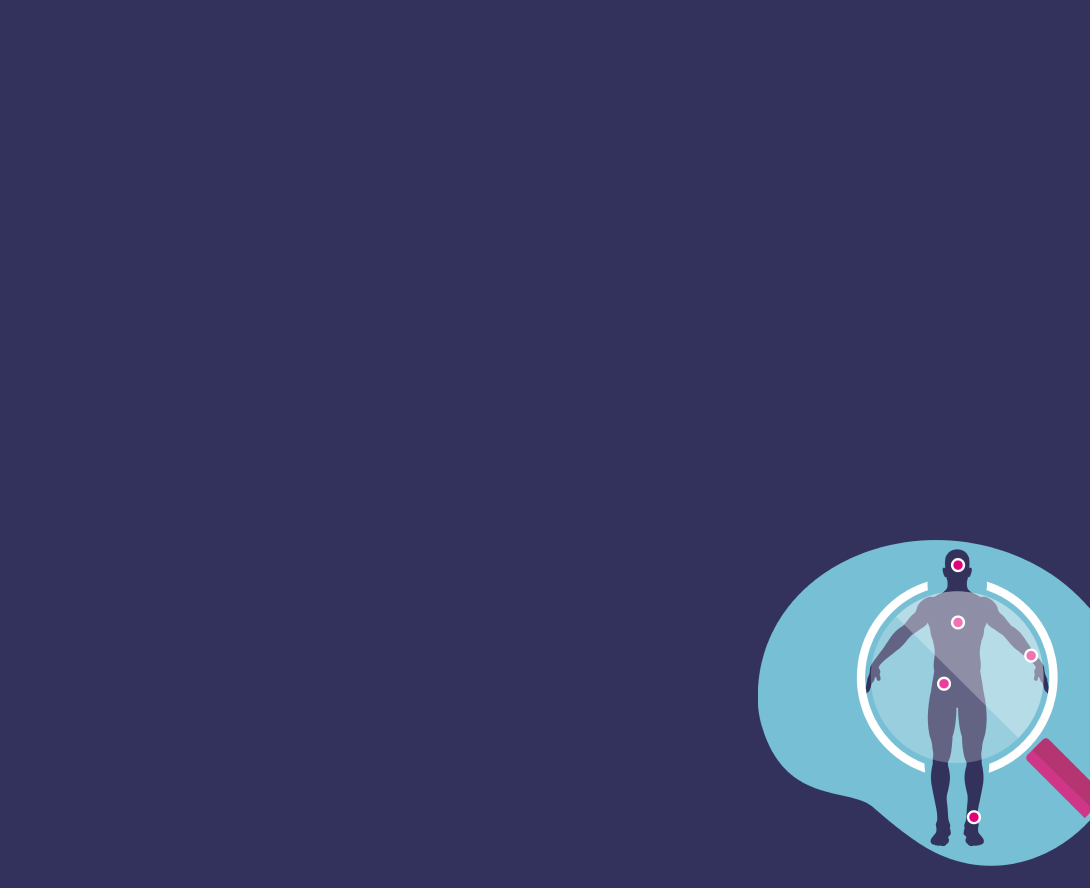
Things you might not know about cleidocranial dysplasia
Peer reviewed by Dr Colin Tidy, MRCGPAuthored by Victoria RawOriginally published 25 Nov 2025
Meets Patient’s editorial guidelines
- DownloadDownload
- Share
- Language
- Discussion
The release of Stranger Things 5 has set us up for a season bursting with nostalgia, excitement, and the heartwarming thrill of friends banding together to face evil. Not only does the show’s finale promise an epic, adventure-packed send-off to 2025, but it also sparks a resurgence of interest in a relatively little-known health condition.
Cleidocranial dysplasia (CCD) is a rare inherited condition that affects how teeth and bones develop. Its signs can show up differently in each person, making every case unique. In this article, we take a closer look at CCD and the symptoms that may come with it.
In this article:
Teenager Dustin Henderson captured our hearts back in 2016, when the first season of Stranger Things premiered on Netflix, thanks to his funny, loyal, and cheerful nature - played to perfection by actor Gaten Matarazzo. With Dustin’s arrival came greater awareness of cleidocranial dysplasia, a condition Matarazzo has openly discussed living with, which is also reflected in his character’s on-screen journey.
Continue reading below
What is cleiodocranial dysplasia?
Most cases of CCD are linked to changes in a gene called RUNX2, which plays a key role in helping the cells that form certain bones in your body (osteoblasts) to carry out their proper functions.
Dr Annie DePasquale is a board certified family medicine physician, and CEO and founder of Collaborating Docs, Virginia, USA. She explains that when this gene doesn’t work as it should, the bones of the skull, collarbones, and jaw may develop differently, leading to characteristic physical and dental features.
How is cleiodocranial dysplasia inherited?
CCD is most commonly passed down in what’s called an autosomal dominant way - basically, a child only needs to inherit one altered gene to develop the condition.
DePasquale points out, however, that in many cases, the gene change happens for the first time in a child (a de novo mutation) with no prior family history.
“These new cases are fairly common, likely accounting for one-third or more of all CCD diagnoses,” she says.
She adds that the condition can affect people very differently, with symptoms ranging in severity.
“Some people have the full set of classic features - such as underdeveloped or missing collarbones, delayed closure of skull bones, and multiple extra teeth,” she says. “Others may only have mild dental issues. Even within the same family, the condition can vary widely from one person to another.”
How common is CCD?
CCD is very rare - so rare in fact that it only affects around 1 in a million people worldwide.
DePasquale points out that because the symptoms can be so subtle - especially in mild cases - some people may go undiagnosed until dental issues arise or imaging uncovers the underlying cause.
Continue reading below
What are the symptoms of cleiodocranial dysplasia?
The physical effects of CCD can vary widely, depending on the severity of the condition. There’s no one-size-fits-all set of symptoms - what one person experiences may be very different from another.
DePasquale outlines the three most typical examples:
Underdeveloped or missing collarbones - which can make the shoulders unusually flexible.
Delayed closure of the skull's immoveable joints (skull sutures) - often accompanied by a slightly prominent forehead.
Dental delays and extra teeth - which can crowd the mouth and make it harder for teeth to come in normally.
“Dental care is often the biggest long-term focus,” says DePasquale. “Many people need staged treatment - removing extra or baby teeth, surgically helping permanent teeth emerge, and orthodontic care that can last into adolescence.”
She adds that some people may experience hearing loss due to frequent ear infections or changes in the bones of the middle ear, and weaker bones can also make fractures more likely.
“Short stature and spinal or limb alignment issues may also occur,” she explains. “While these challenges can affect confidence and comfort, most people have normal intelligence and lead active lives.”
How is cleiodocranial dysplasia diagnosed?
CCD is typically identified through a combination of a physical exam and X-rays, and a diagnosis is confirmed with genetic testing for the RUNX2 gene.
DePasquale explains that because it affects several systems, care often involves a team that may include orthodontists, oral surgeons, ear nose and throat (ENT) specialists, audiologists, orthopaedists, and genetic counsellors.
“Treatment focuses on supporting healthy development, preventing complications, and improving function and confidence,” she says. “With proper care, people with CCD can expect a normal lifespan and good quality of life.”
Where to find information and support
If you notice any of the above symptoms - whether in yourself, someone you care for, or a child - it’s important to speak with a doctor. They can perform an examination and, if necessary, refer you for further testing.
For more information about CCD, including guidance on finding support and resources, there are several helpful online sources that can point you in the right direction.
These include:
Patient picks for Bone health

Bones, joints and muscles
How to protect your joints as you get older
As you get older, parts of your body can start to feel a bit stiff from time to time. Your joints keep you mobile and active so it's important to look after them and take extra care as you age to prevent damage.
by Lawrence Higgins

Bones, joints and muscles
Joint pain - is it bursitis?
Bursitis is a common cause of painful, swollen, and tender joints. It's sometimes caused by repeated movements that place pressure on your joints - like kneeling or elbow-leaning - and can affect different parts of your body.
by Dr Sarah Jarvis MBE, FRCGP
Continue reading below
Article history
The information on this page is peer reviewed by qualified clinicians.
Next review due: 27 Nov 2028
25 Nov 2025 | Originally published
Authored by:
Victoria RawPeer reviewed by
Dr Colin Tidy, MRCGP

Ask, share, connect.
Browse discussions, ask questions, and share experiences across hundreds of health topics.

Feeling unwell?
Assess your symptoms online for free
Sign up to the Patient newsletter
Your weekly dose of clear, trustworthy health advice - written to help you feel informed, confident and in control.
By subscribing you accept our Privacy Policy. You can unsubscribe at any time. We never sell your data.